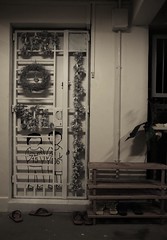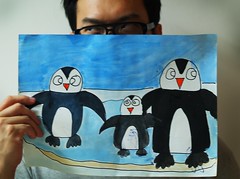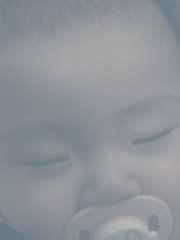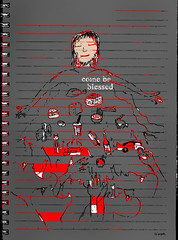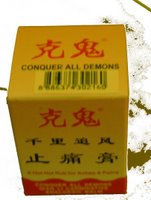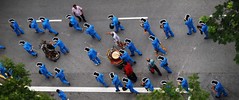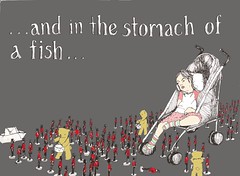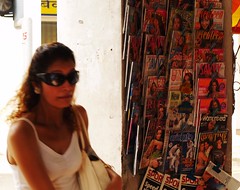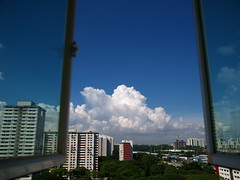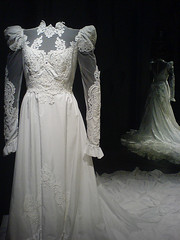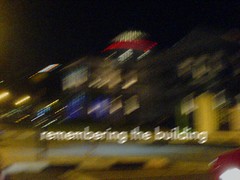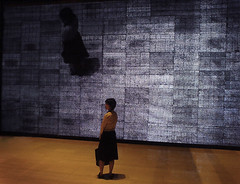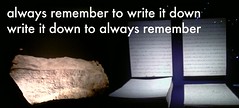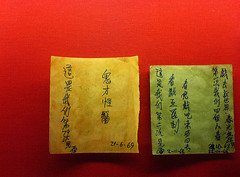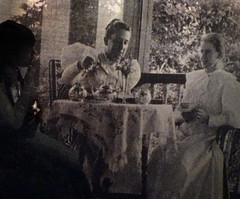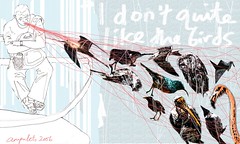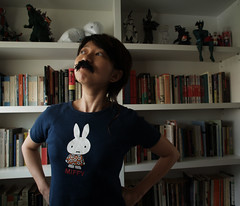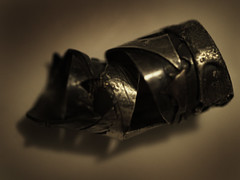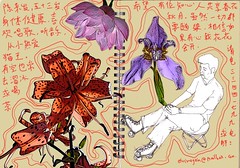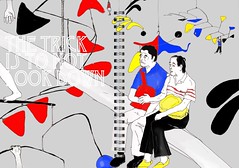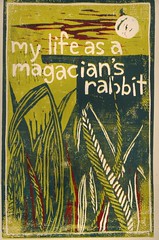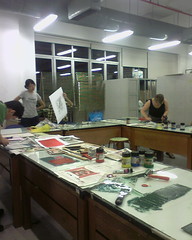 all images in this long post are by J - click for flickr view
all images in this long post are by J - click for flickr viewPoliticians often like to refer Asia as if it had a unity of culture, economics and geography. Particularly on our small island, there is a certain rhetoric, dreamlike, of belonging to or even defining that large bountiful continent.
But whatever Asia is, it seems more like a varied and fractured place - cultural and religious practices diverge, and nations themselves are often artifically forged and hence bear the marks of recent unions or fierce disjunctures. Its physical geography seems to have pre-determined this - a continental mass, many peninsulars, and countless islands from barely visible dots to splotches along a major faultline of volcanic activity. So it is that even our small island, itself only a diamond-shaped dot, lays claim to several still tinier southern islands.
Well, if you have it, enjoy it!So to satisfy our wanderlust, J and I decided we would leave our work and small island behind for a day and take a trip to one of these still tinier islands...
Kusu, the island of turtles! Friends, if like us, you have a beer-belly-in-spandex budget (yes, tight and ugly with only 10% lycra), ampulets reckon you can still have a near-perfect day if you:
(1) make your transportation publicTo get to Kusu Island, take the North-South line furthest south to the Marina Bay MRT station. Once you get out of the station (er, there's only 1 exit), it's a short walk to the bus stop where Bus 402 will take you to the new
Marina South Pier.
.
(2) have at least $12 in your pocket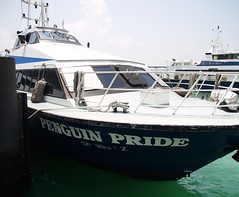
That will give you 1 return ferry ticket and the island admission ticket. We took the
Penguin Pride, and as it chugged along for 15minutes, we said goodbye to the artificially formed coastline of Singapore. The Penguine Pride made a creamy foam and negotiated its way between large tankers, barges, cargo ships and one touristy Ching-Chong floating restaurant. Though our social studies textbooks pound home the fact that entrepot trade was the lifeblood of this island, it does not become real until you see for yourself the busy waters around us.
(3) bring out your camera and a poctketful of nostalgia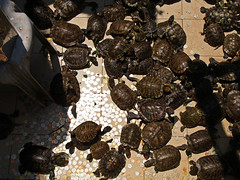
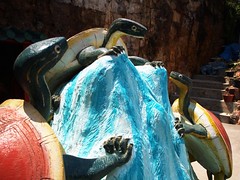
Because if you've ever been to Kusu island as a child, it has and it hasn't quite changed. Of course you can trust the tourism board to have spruced up the place, and the terrapins and tortoises that used to crowd the pond under the Chinese bridges leading to the temple are gone. Instead, the creatures are now housed within the temple in tiled enclosures, next to caged up pythons and assorted taoist deities. Outside the temple is the secular "tortoise shelter". There you can hop into the cement enclosure. But despite these changes (or perhaps owing to that hazy nature of nostalgia) us amps still had the same happy feeling of seeing these long-lost, abandoned pets from our childhood.
(4) possess some tolerance for incense smoke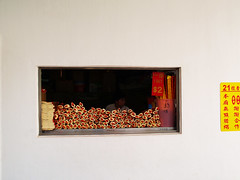

Other than the taoist temple, Kusu Island also boasts kramats or shrines atop a hillock dedicated supposedly to "3 Malay saints" - or so the signboard says. The signboard also says its 152 steps up to reach the shrine (well, I counted only 124). But it is perhaps entwined with the whole story about Kusu Island, that it was formed when a turtle transformed itself into an island in order to save 2 drowning fishermen, one Chinese and the other Malay. So each built a temple or a shrine according to his faith.
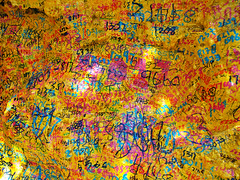
Once at the top of the hill, walls painted yellow are filled with "lucky 4D numbers" scrawled in all shades. Yellow candles, yellow strips of cloth, packets of "blessed" flowers and bundles of incense are passed around for $2. The trees and plants around the kramat bear the weight of this over-abundance of unfulfilled desire and hopes. It is said that many childless couples come to this kramat. But that day, we saw more fortune-seeking couples and families, since most of them are of an age where it would definitely take a miracle for them to conceive! And as with the men who stood by the taoist altars at the foot of the hill, the men who stood by these kramats offered visitors the same greetings in Hokkien - "Prosper!", "All your wishes come true!", "Peace and safety!" - if you offered a $2 bunch of incense.
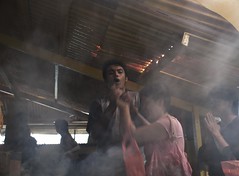 (5) enjoy the fisherman's view
(5) enjoy the fisherman's viewUs amps finally could not take all that incense burning at the temple and up the hill. The smoke fills not only your nose/lungs but gets into your head. Unless you actually believe all that burning and yearning will move some god to favour your 4D number over the rest this weekend, the smoke and those hungry eyes around you will soon oppress.
So we beat a hasty retreat down the hill back to the island's edge.
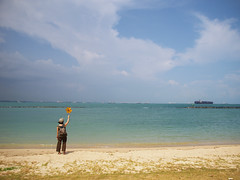
There, the water is surprisingly clear and a constant breeze sways the trees and accompanies the waves. Our advice is to pack your own lunch (bring plenty of water) to Kusu, because eating by this mind-clearing openness is way better than at the over-priced food centre by the temple. And this is about the best thing about getting to Kusu. Ah, maybe it is because we were always meant to be just residents of a sleepy fishing village, not some busy trading port! or it is my hainan island genes calling out to be left alone with coconut trees in the tropical afternoon.
(6) get backThe last ferry leaves Kusu at 6.30pm. So don't be left behind with the terrapins! There are no residents at Kusu, so it could get pretty lonely if you miss the last boat. Plus nobody actually knows if the island turns back into a turtle and swims away.
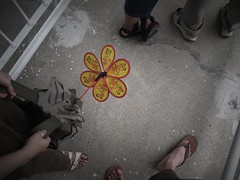
We did one last walk round the island and popped by the toilets (they are clean and there are also outdoor shower facilities for swimmers and picnickers). Outside the toilets by a picnic table, a group of middle-aged aunties were playing cards when a policewoman approached them to stop the game. It seemed that while you can come to Kusu to pray for all the good fortune at the lottery, you can't try out the efficacy of your prayers by launching into a card game with your friends. The aunties packed up their game and sarcastically remarked - "aiyah, we should go swimming hor!" They sauntered off towards the pier and boarded the
Penguin Empress with us back to the main island.
(7) fancy an unfancy french meal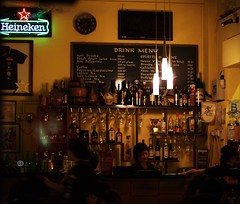
Since you've saved by packing lunch to Kusu, amps recommed that you drop by
The French Stall in Little India. You probably know this place by now - a no-frills restaurant by a supposedly 2-star Michelin chef. We are no gourmands, but I do know the duck leg with orange sauce on a bed of creamy risotto is about the best thing I've eaten for $15.80. And the folks at the other tables are fairly interesting to watch - teenagers on their first (or second date), a balding uncle with a long-haired babe in denim shorts, a french expatriate family...

To get there, take the North-east train and drop at the Farrer Park station, take the G exit and walk down Serangoon Road. The French Stall is at the corner of Serangoon and Sturdee Road.
(8) walk the talkSince you've survived the day without a car, why not complete it by taking public transportation home? To get to the next train station (Boon Keng on the North-east line), take a leisurely walk along Sernagoon Rd towards Bendemeer. Along the way, check out the neon lights of the few remaining bars, including one below "the Singapore Institute of Science", and the glowing hearts - not of the night ladies - but of the old Kong Wai Shui hospital.
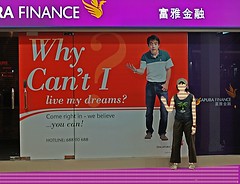 why why why?
why why why?Just before we boarded the bus home at the Boon Keng MRT station, we saw the above challenge on the window of
Singapura Finance.
But friends, I hope you don't need the Sunny-Island Moneylender in order to live your dreams. Neither should you need any supposed supernatural assistance, paid off with incense, to greater prosperity, health or fertility.
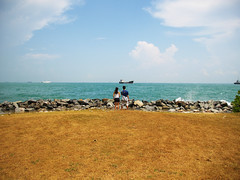
==========
Other domestic tourism links here: >> J/TOHA's flickr photoset of Kusu
here>> The library gives
an overview of Kusu & all its legends>>
More Ferry Info here, including how to get to the other southern islands
>> Not keen to take a ferry? Here are 2 simple trails you can follow to contribute to domestic tourism -
KatongBalestier & Mr Sun
